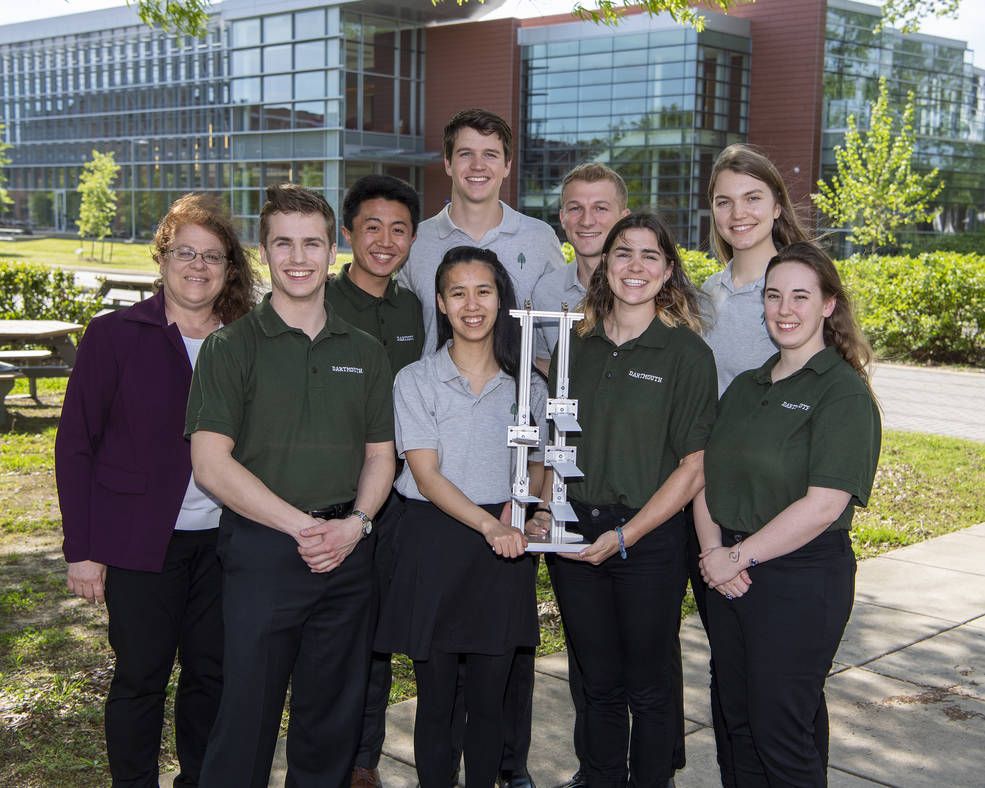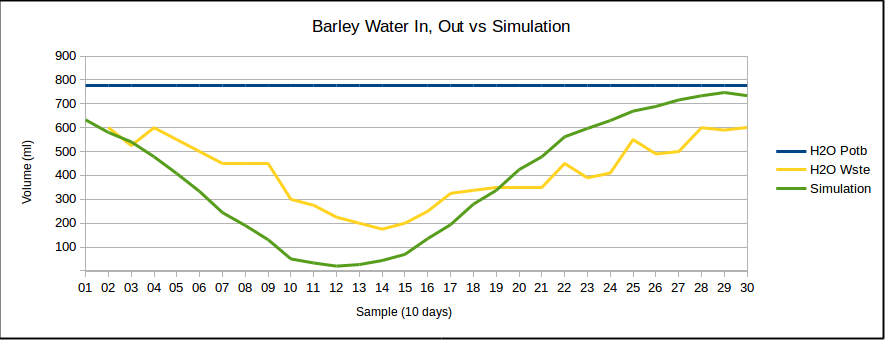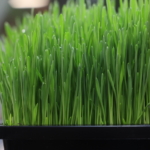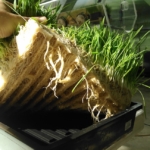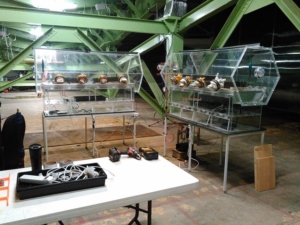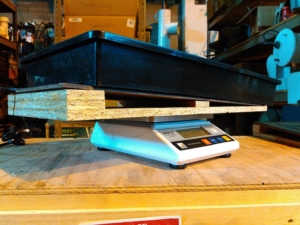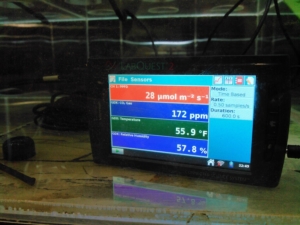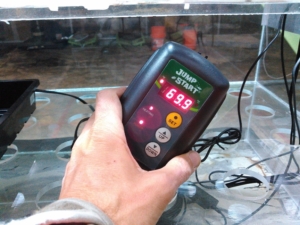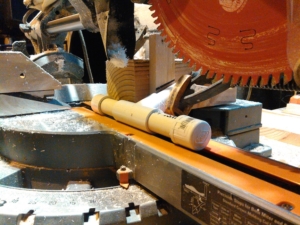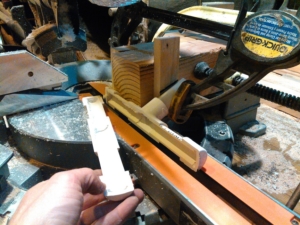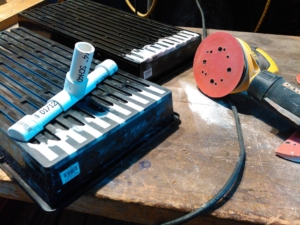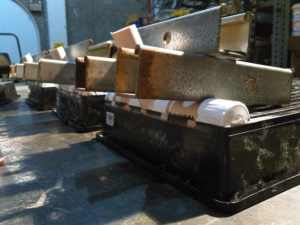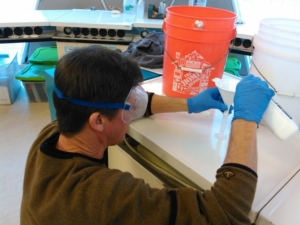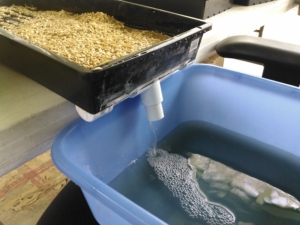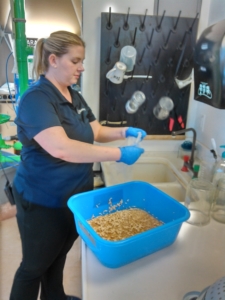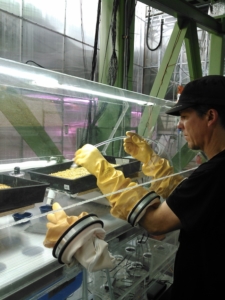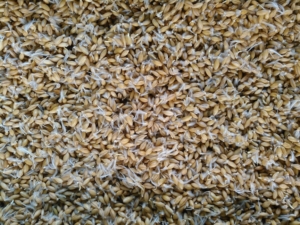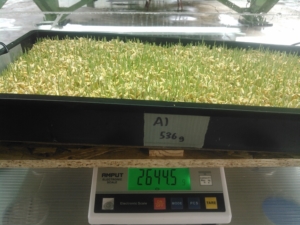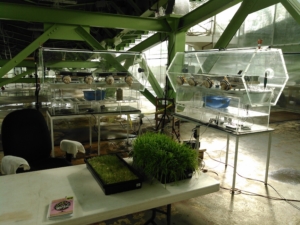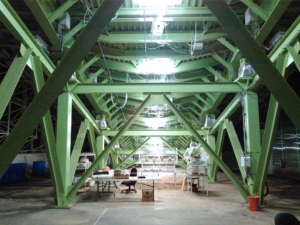A focus on ease of deployment, user interface
The months of July and August have seen a steady improvement in the SIMOC Configuration Wizard, Dashboard, and back-end server. With new team member and developer Ezio Melotti we have focused on ease of deployment and the user interface while Iurii and Sinead continued to fine tune back-end efficiency. In a system as complex as SIMOC, we have had to rethink and retool a few of our systems, including the means by which we request and then deliver data to the front-end. In so doing, we have doubled the performance and stabilized long duration runs. SIMOC is now a proper research tool, fully function from the command line or with web interface. The simulation of a modest habitat on Mars can be completed in roughly twenty minutes on a laptop, less on a more substantial system.


